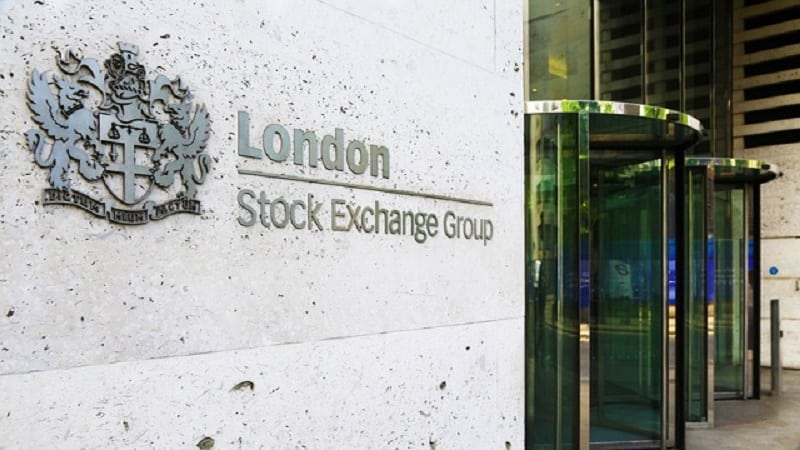In 1979, the nuclear power plant at Three Mile Island ran into a problem. The water pumps responsible for cooling the facility malfunctioned and one of the reactor cores began to overheat. The fuel seared through its metal encasing until about half of the core was melted and a hydrogen bubble formed in the building. If the bubble exploded, officials worried it could expose the community to radioactive material. Young children and pregnant women in the surrounding community were evacuated.
In the event, there was no explosion. Instead, there was a clean-up effort that lasted years and the undamaged reactor did not reopen until 1985. However, the public’s confidence in the safety of nuclear power had eroded and Three Mile Island was eventually closed in 2019.
Grow your own
Despite the energy source remaining shrouded in speculation, in September 2024, Constellation Energy announced that Three Mile Island would be reopening, with Microsoft as the sole purchaser of its energy on a 20-year contract. The motivation? Powering Microsoft’s data centres for the growing presence of AI.
Microsoft is far from the only company to anticipate the burgeoning need for energy in coming years and to take matters into its own hands. However, as investments in AI have shot up in recent years, investments in energy, and specifically renewable energy, have tanked.
See also: Aegon: Data centres are the new dividend drivers
By 2030, the US Electric Power Institute estimates the energy demands of data centres could account for more than 9% of all US energy consumption. Currently, this sits at 4%. Jim Wright, fund manager of the Premier Miton Global Listed Infrastructure fund, says the phenomenon could lead to “a land grab” for energy supply and generation, exemplified by the Microsoft deal.
“The requirement for additional electricity will stretch the system capacity, particularly at seasonal and daily demand peaks. The inevitable solution is more investment in generation capacity, which will include renewables, batteries, gas-fired generation and nuclear power,” Wright explains.
“The costs, lead times and technological and regulatory challenges make new nuclear, either in the form of Small Modular Reactors or large power plants, a longer-term solution. There is considerable momentum, as shown by Meta’s recent request for developers to provide between one and four gigawatts of new nuclear capacity in the US to power its AI data centres.
“The growth in electricity generation capacity will require significant capital expenditure and changes the long-held perception of electricity utilities, which may now be classed as ‘growth stocks’ for the next decade.”
Read the rest of this article in the January edition of Portfolio Adviser Magazine










